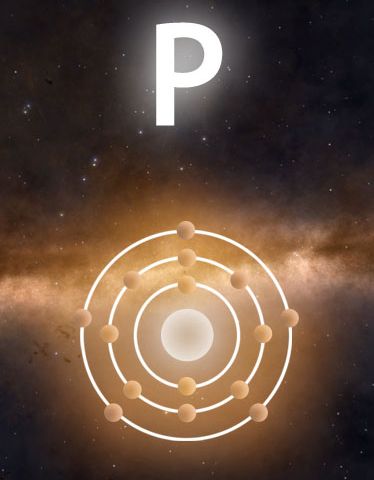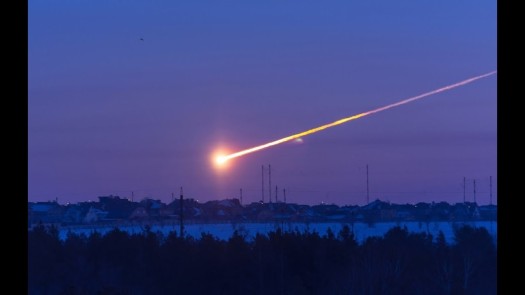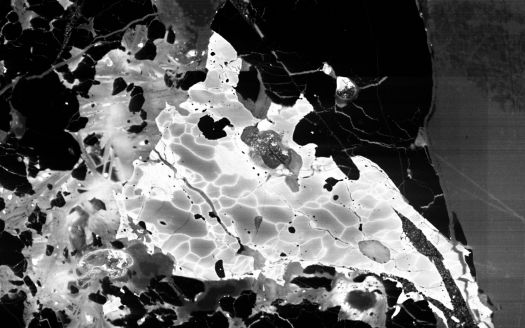By Craig Walton, PhD student in Earth Sciences
I have something to admit: ever since starting my PhD in the Department of Earth Sciences here at Cambridge, I’ve developed something of an obsession. Everyone knows it. I can’t stop talking about it. Phosphorous (15P – Figure 1). In my opinion element 15 is the answer to life, the universe, and everything – not 42!

All jokes aside, my focus on the planetary geochemistry of a single element has given me scope to try and understand how the story of P fits into many seemingly disparate topics. I get to think about the formation of the Earth, the origin of life, and the subsequent evolution of life over geological time. Each of these topics could easily be a PhD (/career) in its own right, but the perspective from a single element helps to highlight specific questions in need of answering within each field.
Here are just a few of the things we currently do not know, or at least still discuss at length:
- When exactly did the Moon form?
- When (and how) did the ingredients for the origin of life come together?
- When (and how and why) did life undergo key evolutionary transitions from simple to complex?
But how does P fit into these pretty big questions? This time around we will take a look at Moon-formation. Specifically, how meteorites may tell us about its violent birth around 4.5 billion years ago…

Meteorites are close to my heart. Not literally, of course, or I’d be dead, but in the sense that space rocks were my first taste of actually doing some science. That was back in 2016, during a wonderful internship at the Open University’s School of Physical Science. The OU Planetary Science scene is perhaps Milton Keynes best-kept secret: they are responsible for some of the most dramatic sample-based research on our Solar System in the past few decades (water on the Moon – wow!) as well as for designing key components of famous space missions (Rosetta, the first mission to land on a comet – wowwow!).
It was at the OU that I first became interested in a specific type of meteorite – the shocked Ordinary Chondrites. Ordinary Chondrites (OCs) get a bit of a rough time of it in the meteorite community – even starting with the name. ‘Ordinary’. It doesn’t exactly inspire awe and mystery. The derivation is simply that OCs are the most common meteorite type falling to Earth today. Therefore, they are present in relative excess. Professional meteorite collectors hand out small and poorly-preserved pieces like candy – here’s a piece for you, here’s one for your grandma, one for the dog, et cetera… They are cheap as chips, too! (Fig. 2).

And yet, OCs are, like any other kind of meteorite, absolutely fascinating. Let’s be real: anything older than the Earth itself is liable to be quite interesting, isn’t it?
So, what in particular caught my attention?
During my OU internship, I started finding weird phosphate minerals in a sample of the infamous OC meteorite Chelyabinsk. Chelyabinsk fell in 2013 over its namesake town as a fireball that promptly exploded, shattering many windows and making headlines across the world as the nearest close call of a deadly meteorite strike in living memory (Fig. 3).

Back to phosphorous. The phosphate minerals in Chelyabinsk are intensely deformed. They experienced some rather severe conditions at some point in its history – not during the fall to Earth itself, but at some other time. I think I can relate the timing of the deformation in the phosphates to a specific set of shock-features that run through the meteorite. Even more excitingly, based on the uranium (U) and lead (Pb) isotope geochemistry of the phosphates I think this happened around 4.45 billion years (Ga) ago – right around the timing estimated for Moon-formation.
At first, you would rightly assume that this is mere coincidence. After all, why would a collision happening way out in the asteroid belt have anything to do with something happening around the same time on home-sweet-home a.k.a. the proto-Earth? However, then I started to notice something a little odd…
Not just in Chelyabinsk, but all of the ages currently obtained on deformed phosphates in shocked OCs plot at the same time: circa 4.45 Ga. But, why would this even matter? What exactly ties all this to the Moon?
It’s a fair question, but there is also a very good answer. It involves some complex numerical modelling that I haven’t actually got my head around completely yet, but to cut to the chase:
We think that the Moon formed in a gigantic collision between the early Earth and a sub-Mars sized object (Fig. 4). We also think that material ejected during the event might have raced out to the asteroid belt and there helpfully participated in violent collisions, deforming some OC phosphates as a result, and modifying their U-Pb isotopes severely, and synchronously, at roughly 4.45 Ga.

The reasoning behind this is solid. Dr William Bottke, a well-respected astrophysicist, has shown that an intense period of aftermath collisions is expected in the wake of Moon-formation. Indeed, the maths works out such that a statistically reasonable number should be present in our collections. The 4.45 Ga ‘cluster’ of shocked phosphates may therefore possibly represent that physical mark upon the Solar System: a ricochet from the early Solar System.
In the years since and now as a part of my PhD I have continued to gather evidence with which to test this idea, as well as the predictions made by other competing explanations. Others have also got in on the action, such that 10 shocked chondrites now have phosphate ages seeming to cluster at around this time. The question, then, is how many we need to be certain that something of note happened i.e., this is not just a statistical fluke of us having only studied a tiny proportion of all meteorites, or perhaps the meteorite record being inherently biased in some annoying way.
I’ve now managed to persuade Dr Bottke to assist me with these modelling constraints, having told him my unfolding plan last summer. I’ve collected shocked samples from museum collections around the world, and the textural analysis is well underway (see Fig. 5 for a truly beautiful example) – we are due to begin collecting new U-Pb phosphate ages by March at the Stockholm NordSIM facility. It is very exciting times indeed. I cannot wait to share more results on this with you all in the months ahead!

As for my other projects, they will also have to await later blog posts. Time waits for no-one – and neither does phosphorous 😉
// Craig Walton // PhD student in Earth Sciences // Supervised by Oli Shorttle & Helen Williams



